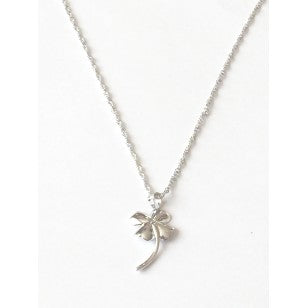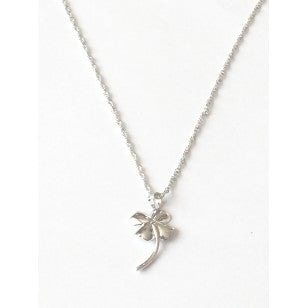
Saint Patrick was born Maewyn Succat in 385AD and changed his name to Patrick after he became bishop. Legend has it that, as a teenager he was kidnapped and taken to Ireland by pirates, where he had to work as a herdsman. 6 years later he managed to escape and return home to Britain.
He then found Christianity and became a Christian priest and returned to Ireland where he taught others in Ireland about Christianity, as a missionary during the 5th Century. He went on to spend the next 30 years helping to spread Christianity throughout the schools, churches and monasteries of Ireland. Patrick succeeded St Palladius who was the 1st Bishop of Ireland and continued his work and was believed to have died on March 17th in 461
It is thought that St. Patrick agreed for women to propose to their man on a leap year after a request from St. Bridget in the 5th Century. This tradition has remained and many women still propose once every 4 years, also known as a leap year.
St. Patrick also introduced the Shamrock (a three-leaf) clover to the people of Ireland and used it to symbolise the Holy Trinity. The Father, the Son and the Holy Spirit.
Earlier, according to a Christian legend, Eve was thought to carry a four-leaf clover, upon leaving the Garden of Eden. This leaf was considered very rare and lucky to find, as it also symbolised a piece of paradise. Christians thought the four-leaf clover to be lucky, due to its shape being very similar to the cross, which is a Christian symbol. Some Christians thought the fourth leaf was a symbol of the Grace of God. In Celtic Jewellery today, the four-leaves generally stand for Faith, Hope, Love and Luck.
The association with the Patron Saint of Ireland dates back to the 1780’s
There are many stories told of St Patrick and it is a Public Holiday in Ireland and Northern Ireland. It is also celebrated in parts of Nigeria and in the Caribbean island of Montserrat. Today, there are St. Patrick’s Day parades held all over the world including the US, Australia and of course in the UK where it is also popular.
It is also worth noting that the colours of the Irish flag also have a meaning: Green is the colour that represents Catholics and Orange represents Protestants. The white colour in between the flag represents peace between the two.
Today, many people wear green and Celtic or Clover jewellery, especially for Saint Patrick’s Day.
By Pamela Sommers
Pamela is a London jewellery specialist and founder of SommerSparkle, an award-winning online boutique filled with beautiful jewellery & accessories to 'add a touch of sparkle to your life.'
To receive exclusive offers and updates direct to your inbox Come join the party!
Looking for Party Jewellery & Accessories? Click here

